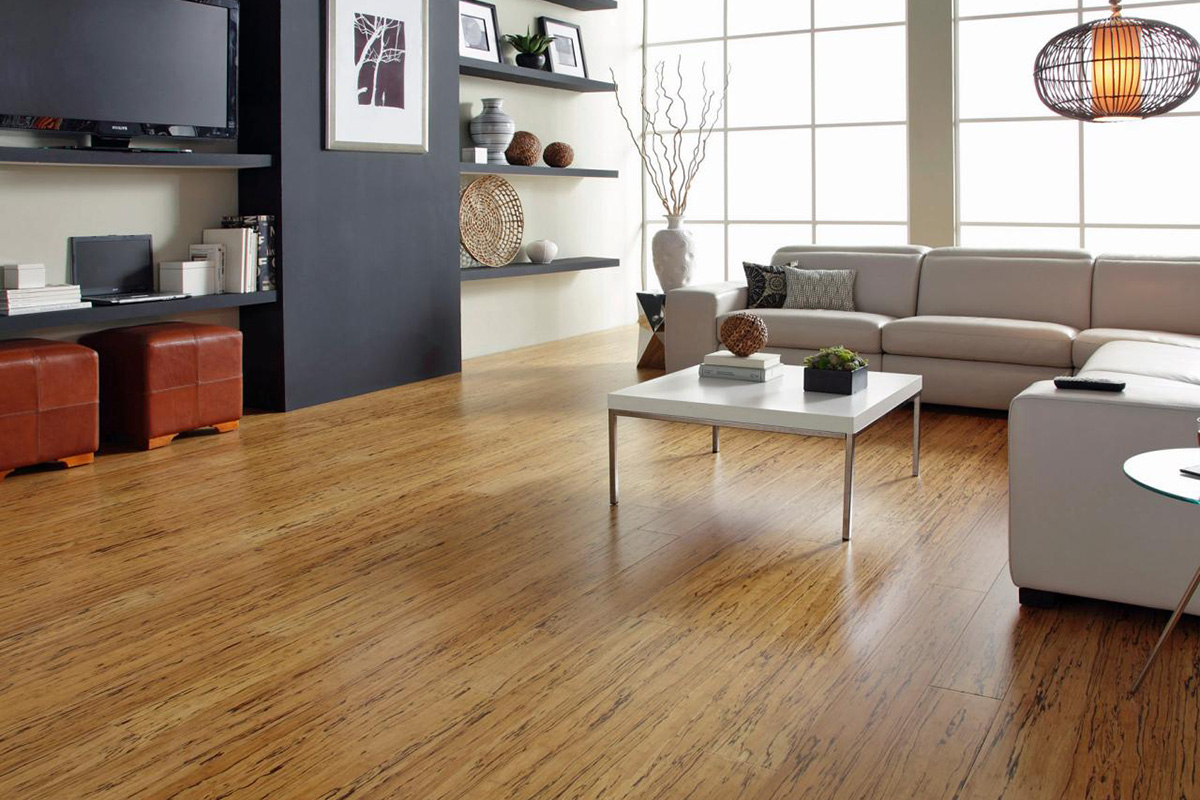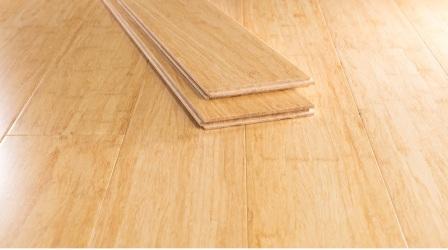Everything you Need to Know about Bamboo Flooring
Everything you Need to Know about Bamboo Flooring
Blog Article
The publisher is making a few good pointers regarding What to Know About Bamboo Flooring Before You Install as a whole in the article followed below.
Bamboo flooring is renowned for many property owners due to its benefits. It has ended up being the major choiced flooring for company and also property owners whenever there is need for sustainability.
Nevertheless, bamboo similar to timber, is prone to dents and breaking when humidity degrees vary.
Are you believing about bamboo flooring for your house? We will likewise discuss the various types of bamboo flooring offered on the market.
Types of Bamboo Flooring
There are three standard options: strand-woven, upright, and also horizontal. Home owners can pick which type of bamboo flooring to purchase based upon their traits. The customer's intended aesthetic influences the picked Bamboo flooring type.
Engineered Bamboo Flooring
Both solid and engineered bamboo flooring choices are offered. When the bamboo wood fits, it isn't simple to distinguish between them.
However their distinctions result from their production. Engineered bamboo wood has a slim plywood support.
Whether crafted or strong, bamboo flooring is sturdy, resistant, as well as eye-catching.
Engineered bamboo flooring uses the drifting wood floor over a thin foam base. They may also remain in the kind of vast slabs. They are readily available in widths up to 19 cm.
Strong - Straight Bamboo Flooring
You will observe that this type is virtually the like vertical bamboo flooring. It has a mild variation. Horizontal bamboo is one of the most prominent types of bamboo flooring.
It is made by drying significant strips of bamboo, slicing these larger pieces into thinner strips, and then gluing them to create slabs. The boards will then go through stress and also warmth to guarantee they are well fastened.
All-natural bamboo has a lighter color. Thus, the strips are commonly tarnished. While carbonized bamboo will certainly be much less difficult than regular bamboo, if you need a darker shade, it might do you good. It also offers the all-natural bamboo looks and also a selection of choices.
Strand Woven Bamboo Flooring
Shredding the bamboo to draw out the fibers is one of the extra drawing steps in creating strand-woven bamboo floors.
The bamboo fiber is usually blended with a glue after it's made to a pulp. The material is after that knitted as well as compressed under fantastic warm, as the name recommends.
After making vertical as well as straight bamboo, the strips serve to produce hair woven bamboo. The eco-conscious customer may discover this function appealing. The reason is that it makes sure that the entire bamboo stalk creates very little waste.
Solid - Vertical Bamboo Flooring
Slim strips of completely dry bamboo wood glued vertically and pushed making use of high heat as well as stress create this type of bamboo flooring.
The thinnest side of the bamboo planks will certainly be in an upright type. A firm bonding, pressing, as well as lamination will adhere to. Due to their method of signing up with, the bamboo strips feature a narrow grain pattern.
The good idea regarding this type of bamboo flooring is that it is sturdy and really affordable. It provides a sophisticated and sophisticated flooring finish. It is not widely available.
Functions And Also What to Bear in mind When Picking Bamboo Flooring
With a multi-layered layer, bamboo flooring will be quite long lasting. Keep in mind that future touch-ups might need a more experienced flooring expert.
Additionally, using your coating will certainly make matching repair services much easier once set up in your house. But the coating will not last as long as manufacturing facility surfaces.
Apart from that, below are some interesting features of bamboo flooring.
Eco-Conscious
This flooring originates from a natural plant called the bamboo plant. So when contrasted to various other tree types made use of to make hardwood flooring, bamboo expands more as well as much faster.
Cheap Upkeep
You can maintain bamboo flooring in good condition by cleansing and damp mopping. Despite being a lot more vulnerable to scrapes, bamboo flooring is extremely straightforward to keep.
You might obtain bamboo floors that are just as good as new by sanding them down as well as applying a fresh coat of paint.
Durable
Bamboo flooring is not developed equal. There are several kinds of bamboo, and also the various techniques made use of to transform it into slabs affect its sturdiness.
Therefore, bamboo, like hardwood flooring, can become vulnerable to wear and tear gradually. Scraping, splitting, as well as various other wear and also tear might happen. You can also sand some bamboo to look like hardwood, yet not all.
Profits
It's simple to know why bamboo flooring has actually come to be a lot more favored nowadays. For almost any kind of house, bamboo provides numerous strong as well as audio options for the environment. Therefore, bamboo flooring might be the very best option for updating your flooring.
We will certainly likewise talk about the different kinds of bamboo flooring offered on the market. Home owners can select which kind of bamboo flooring to buy based on their qualities. Horizontal bamboo is one of the most popular types of bamboo flooring.
While carbonized bamboo will be less tough than regular bamboo, if you require a darker shade, it may do you excellent. After making horizontal and also vertical bamboo, the strips offer to produce strand woven bamboo.
Bamboo Flooring
Manufacture of Bamboo Flooring
Stranded bamboo is made by shredding the bamboo stalks into small strands, which are compressed into sheets using heat and resin binders, then cut into planks to use as building materials. This form of flooring is available both as tongue-and-groove planks that are nailed down, as well as planks that float over the underlayment. This is a premium form of bamboo flooring, available in many colors.
Horizontal bamboo flooring is manufactured by cutting the strands into thin strips which are then glued together to form planks. This type of flooring has a "grain," since the long stalk fibers are visible in the flooring. This type of bamboo is not as hard or durable as stranded bamboo, but it can have a very striking appearance. It, too, is available both in nail-down planks and as floating floor planks.
Engineered bamboo flooring is made by bonding a thin layer of bamboo onto a plywood or MDF core. This flooring is comparable to engineered hardwood and is installed in the same way—usually with click-lock planks that float over a foam underlayment. It is the least expensive (and least durable) form of bamboo flooring, and it cannot be refinished.
Unless it is stained, most bamboo flooring has a natural blonde or amber color that resembles unfinished maple or birch, but darker tones are available through a process called carbonizing, which entails subjecting the planks to high temperatures. While the color can be very attractive, carbonized bamboo is softer than uncarbonized forms, and is more susceptible to scratching.
Eco-Friendliness
Environmentally conscious consumers are often drawn to bamboo as a wholly renewable resource. Unlike the hardwood lumber industry, where trees can take decades to mature, bamboo stalks grow so fast that there is little environmental liability to the harvest practices. Moreover, bamboo stalks that are cut simply continue to grow and replenish themselves so that they can be harvested.
But the manufacturing process creates other environmental concerns. Bamboo floor planks are manufactured by slicing or shredding the stalks of bamboo grass plants and then compressing the pulp back together using heat, pressure, and a resin-based adhesive identical to those used in many other flooring products. This adhesive often contains urea-formaldehyde that can outgas into the air.1
The level of adhesive used and the amount of toxins emitted will vary, depending on how the bamboo planks are manufactured. Cheaper products may contain more formaldehyde, while more expensive products may use alternative materials in the resins. The amount of formaldehyde used in bamboo flooring is similar to that found in engineered hardwood flooring or MDF sheathing, and it tends to be a problem only for sensitive individuals.2 But if this concerns you, look for bamboo products labeled as formaldehyde-free.
Bamboo Flooring Cost
This material is priced at about the same level as most hardwood floors. You can find bamboo flooring products ranging from about $2 to $8 per square foot, with a national average of $3.84 per square foot. Installation costs for bamboo flooring are much the same as for hardwood flooring. On average, figure on adding about $4 per square foot for installation labor in addition to the cost of materials. You should be able to get a good-quality bamboo installed for less than $10 per square foot, including materials and labor.
https://www.thespruce.com/benefits-and-drawbacks-of-bamboo-floors-1314694

Hopefully you enjoyed reading our post on What to Know About Bamboo Flooring Before You Install. Thank you for taking time to read our posting. Are you aware of somebody else who is excited about the niche? Take a moment to share it. We truly appreciate reading our article about How to Clean Bamboo Floors. Report this page